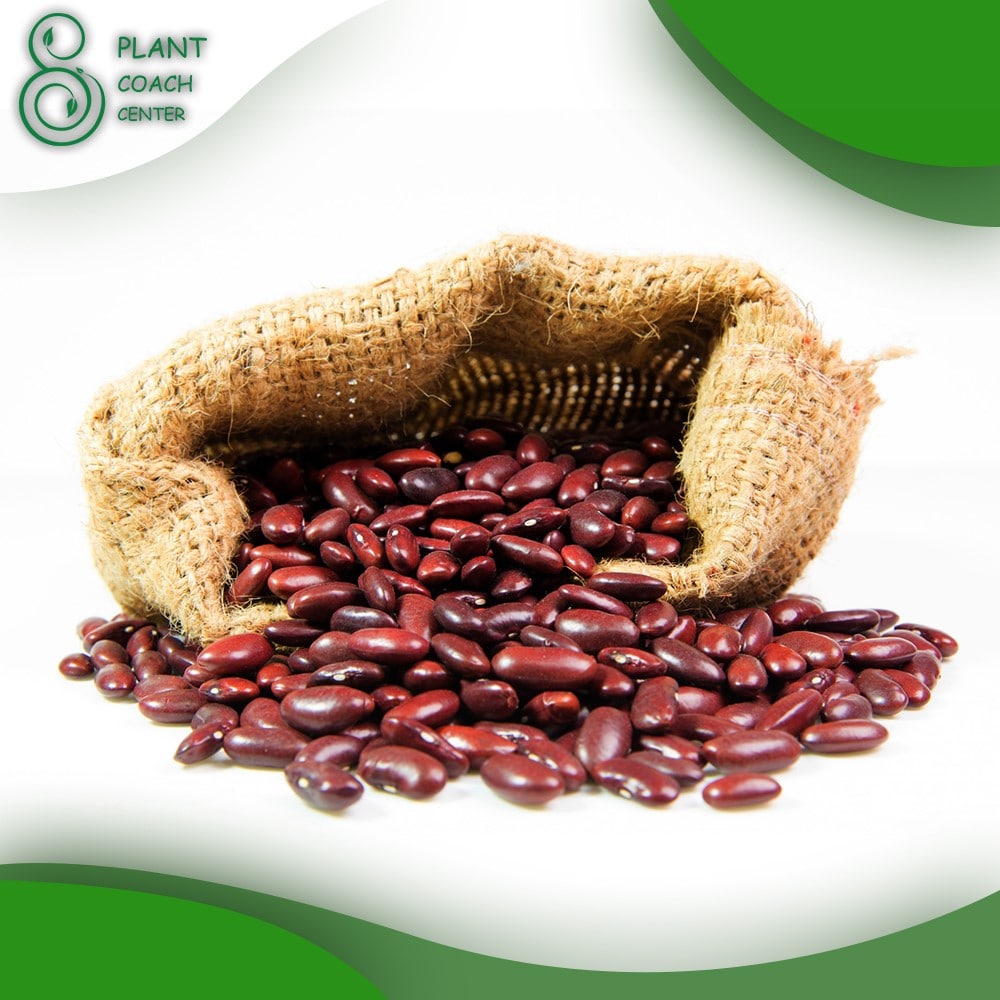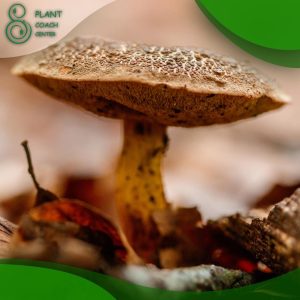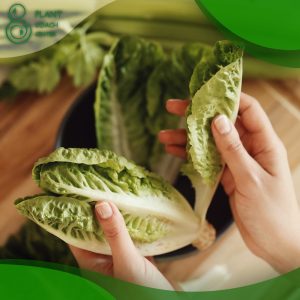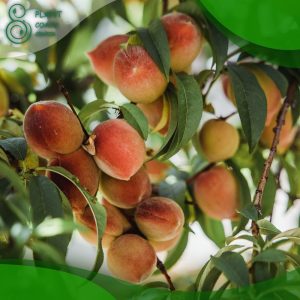How Do Beans Grow?
Introduction
How do beans grow? If you’ve ever pondered over this question, or if you’re considering growing beans in your own garden, you’ve come to the right place. This guide will take you on a fascinating journey, from the humble beginnings of a bean seed to the mature plant laden with pods.
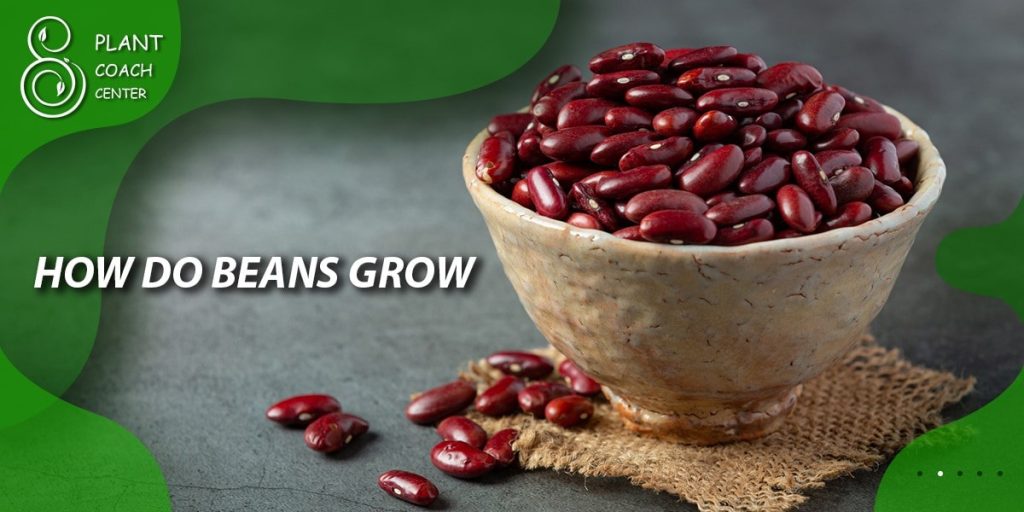
How Do Beans Grow: An Overview
What are Beans?
Beans are seeds from the fabaceae family of flowering plants, often grown as edible pods or seeds. They are a staple food in many cultures due to their high protein content and versatile nature.
The Life Cycle of Beans
A bean’s life begins as a seed. When conditions are right, it germinates, sending out a root and shoot. The shoot develops into a stem with leaves, and as the plant matures, it produces flowers. These flowers, once pollinated, will form the bean pods we’re all familiar with.
The Bean Growing Process Explained
From Seed to Plant
The journey of how do beans grow starts with a seed. When planted in suitable soil and exposed to moisture and warmth, it germinates. The seed’s outer shell softens, allowing the root, or radicle, to emerge. This root anchors the plant in the soil, while the shoot grows upward, reaching for the sun.
Ideal Conditions for Growing Beans
Soil Requirements
Beans prefer well-draining, fertile soil with a slightly acidic to neutral pH (6.0-7.0). A healthy dose of compost or aged manure can improve soil fertility.
Climatic and Sunlight Needs
Beans are warm-season crops, growing best in temperatures between 60°F and 80°F. They also need full sunlight – at least six hours a day.
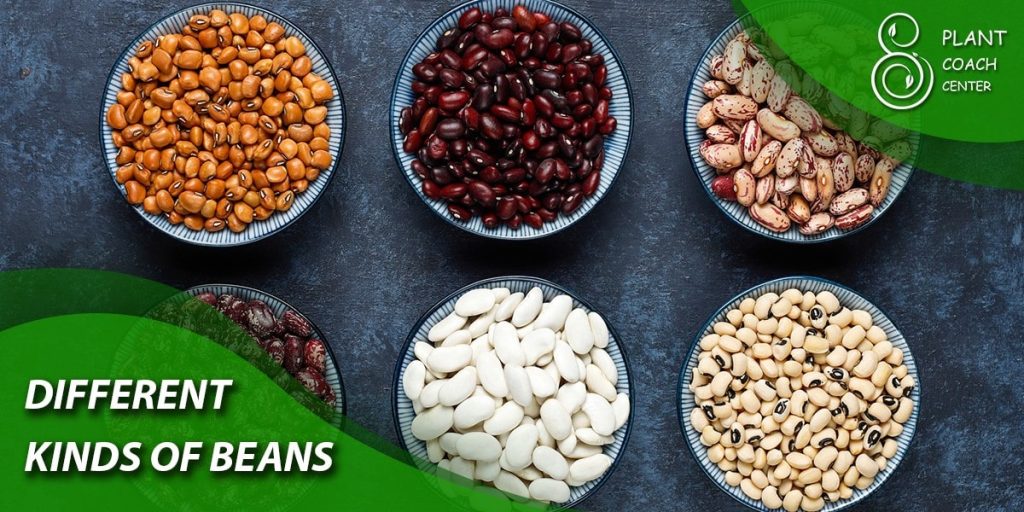
Steps to Cultivate Beans
Preparing the Garden Bed
To prepare your garden for beans, remove any weeds or stones and work some compost or aged manure into the soil. This not only adds nutrients but also helps improve soil structure.
Planting Bean Seeds
Bean seeds should be planted about 1-2 inches deep and 3-6 inches apart. For pole beans, which climb, provide a trellis or stake for support.
Caring for Growing Bean Plants
Watering and Fertilizing
Beans need regular watering, but avoid overwatering as this can cause the roots to rot. A balanced vegetable fertilizer can be applied when the plants start to flower.
Pest Control and Disease Management
Beans can be affected by various pests and diseases. Regularly check your plants and treat any issues promptly to ensure a healthy crop.
Harvesting and Storing Beans
When and How to Harvest
Beans can generally be harvested when the pods are firm and fully developed. They should be picked gently to avoid damaging the plant.
Storing and Preserving Beans
Fresh beans can be stored in the refrigerator for about a week. For long-term storage, beans can be canned, frozen, or dried.
How Do I Know I Grow the Best Beans?
Beans are a versatile and nutrient-rich crop, popular in gardens worldwide. Yet, growing the best beans and recognizing quality beans involves a blend of careful cultivation techniques and an understanding of the signs of a healthy, mature bean. Here’s a detailed guide to assist you.
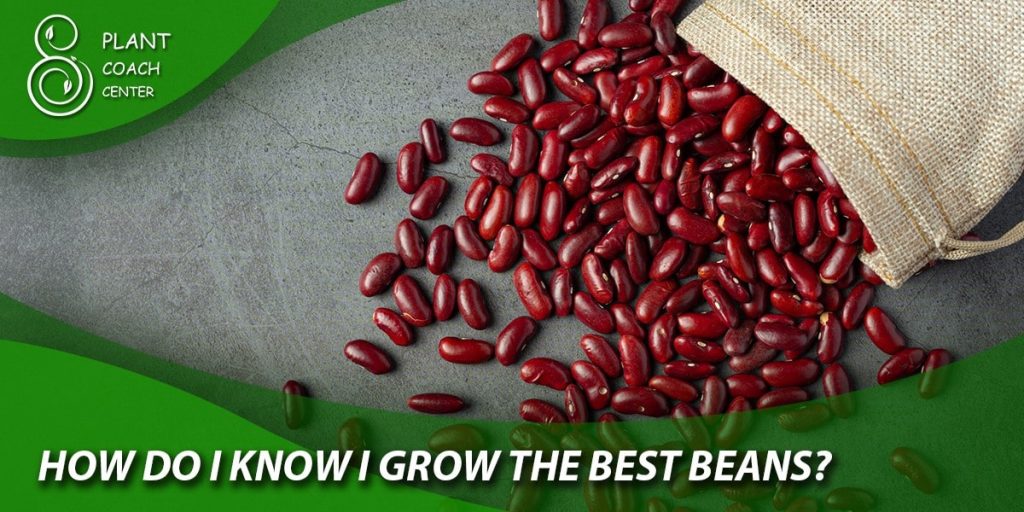
1. Choose the Right Variety: There are many types of beans – bush beans, pole beans, and various colors and sizes. The right variety depends on your climate, soil, and personal preference. Heirloom varieties often have superior flavor but may require more care than hardier hybrid varieties.
2. Prepare the Soil: Beans prefer well-drained soil, rich in organic matter. A pH between 6.0 and 7.0 is ideal. Before planting, improve the soil with compost or well-rotted manure to increase fertility.
3. Timing and Spacing: Plant beans after the last frost when the soil has warmed. Beans planted in cool soil are likely to rot. Plant seeds 1-2 inches deep and 2-4 inches apart for bush beans, or 3-4 inches apart for pole beans.
4. Sunlight and Watering: Beans need full sunlight (at least 6 hours a day). Water regularly, keeping the soil evenly moist; irregular watering can lead to blossom drop or malformed beans.
5. Fertilization: Beans fix nitrogen from the air, so they require less nitrogen than other vegetables. However, a balanced vegetable fertilizer applied at planting time can promote healthier plants and higher yields.
6. Pest and Disease Management: Frequent monitoring for pests like aphids, bean beetles, and diseases such as blight or rust can prevent minor issues from becoming major problems.
7. Correct Harvesting: Harvest beans when they are plump and firm. Over mature beans can be tough and stringy, while immature beans may lack flavor. Regular harvesting encourages the plant to produce more pods.
How to Recognize the Best Beans?
1. Examine the Pods: Quality beans have firm, smooth pods without visible blemishes or signs of pest damage. The beans inside should be well-formed and filled out, not shriveled or small.
2. Consistent Size: Quality beans are consistent in size, which indicates they were harvested at the correct time. Variations in size can lead to inconsistencies in cooking and flavor.
3. Color: Quality beans have a vibrant color, which can range from green to yellow to purple depending on the variety. Dull or faded colors can indicate old beans.
4. No Signs of Disease or Pests: Quality beans show no signs of disease (such as spots or discoloration) or pest damage (such as holes or chew marks).
5. Taste: Ultimately, the best beans have a fresh, clean flavor. This can vary depending on the variety but should never be bitter or unpleasant.
6. Growing Conditions: High-quality beans are typically grown in good conditions – well-drained soil, plenty of sunlight, and without excessive use of pesticides.
7. Storage: Good beans are stored properly, in a cool, dry place, and used within a reasonable period. Over time, stored beans can lose moisture and flavor.
In conclusion, growing the best beans involves selecting an appropriate variety, providing suitable growing conditions, and proper care. Recognizing quality involves looking for signs of health and maturity in the beans themselves, and also considering the conditions under which they were grown and stored. With these guidelines, you can enjoy the process of growing and consuming your own high-quality beans.
Conclusion
Understanding how do beans grow can be a fascinating and rewarding journey. With the right conditions and care, you can cultivate healthy beans right in your own garden. So why not give it a try? You might be surprised at what you can achieve.
How long does it take for beans to grow?
Beans generally take 50-60 days from planting to harvest.
How much sun do beans need?
Beans need full sun, which means at least six hours of sunlight each day.
How often should beans be watered?
Beans should be watered regularly, but the soil should be allowed to dry out slightly between waterings.
What type of soil is best for beans?
Beans prefer well-draining, fertile soil with a slightly acidic to neutral pH. Adding compost or aged manure can help improve soil fertility and structure.
How should I store my harvested beans?
Fresh beans can be stored in the refrigerator for about a week. For long-term storage, you have to can, freeze, or dry your beans.


